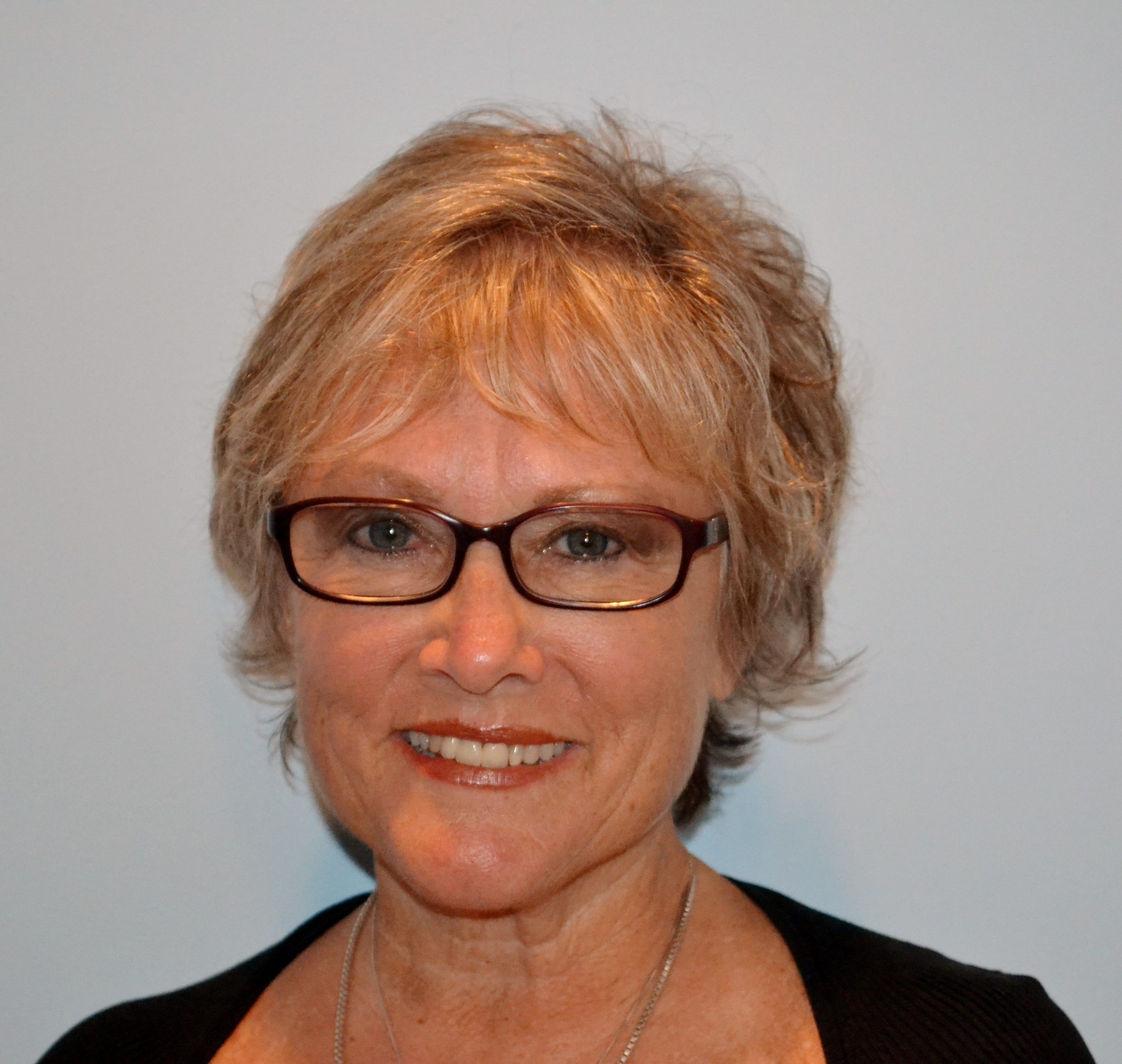 Physicians Must Have a Seat at the HIE-Table
Physicians Must Have a Seat at the HIE-Table
Carolyn Hartley, President, CEO, Physicians EHR
Weeks after this story about hospitals and doctors competing for patient charts appeared in the Tampa Tribune, I am still troubled. The benefits of a health information exchange to patient care was completely overshadowed by a power struggle over data ownership and whether hospitals or physicians had enough No surprise the non-profit organization that received $20.4 state taxpayer’s dollars has been usurped by a nimble for-profit organization that recognizes the criticality of physician input.
The balance of data stewardship falls 9 to 1 in favor of physicians over hospitals, yet, according to the article’s author, policy is being driven by hospitals largely because they have technology infrastructure and staff in place to establish parameters for the exchange of health information.
That should come as a cold shower for physicians who have not yet banded into super groups or physician organizations who can represent them at “the table.”
I have had the pleasure of participating in building three state health information exchanges. One was brought down by three competing power sources: The hospital vendor postured to be in charge of all data pushes and pulls; the Hospital Administrator supported the vendor’s position, and HIE stakeholders could not reach a consensus on privacy issues. The remaining two transitioned through these and many more issues, but all leaders sought and included input from multiple stakeholders.
One secret to the success of the two working HIEs is that they invited patient(s) or a family member who had been harmed by a lack of clinical information at the point of care. In both cases, incomplete information withheld from the physician resulted in treatment that would have been different, had critical information been present. The patient’s involvement also made for a great consumer media story.
Carolyn P. Hartley serves as provider/clinic advocate managing the health IT implementation process. Most recently, she and her team of EHR project managers have been called upon to diagnose and rescue implementations for oncologists, nephrologists, neurologists and community health centers in 23 states. Carolyn also serves as contracted EHR technical facilitator to national and state medical societies. She is lead author of 15 books focused on health IT adoption. Two of her 2011 AMA bestselling books include EHR Implementation: A Step by Step Guide for the Medical Practice, 2nd Edition, and HIPAA Plain & Simple, 2nd Edition.
